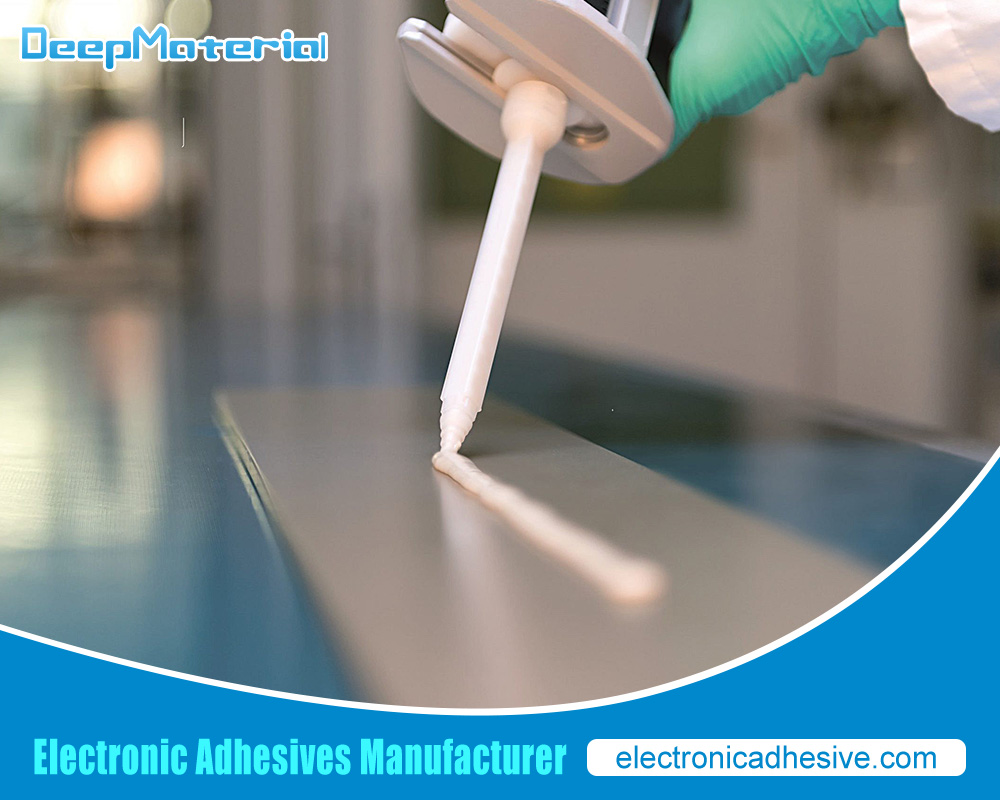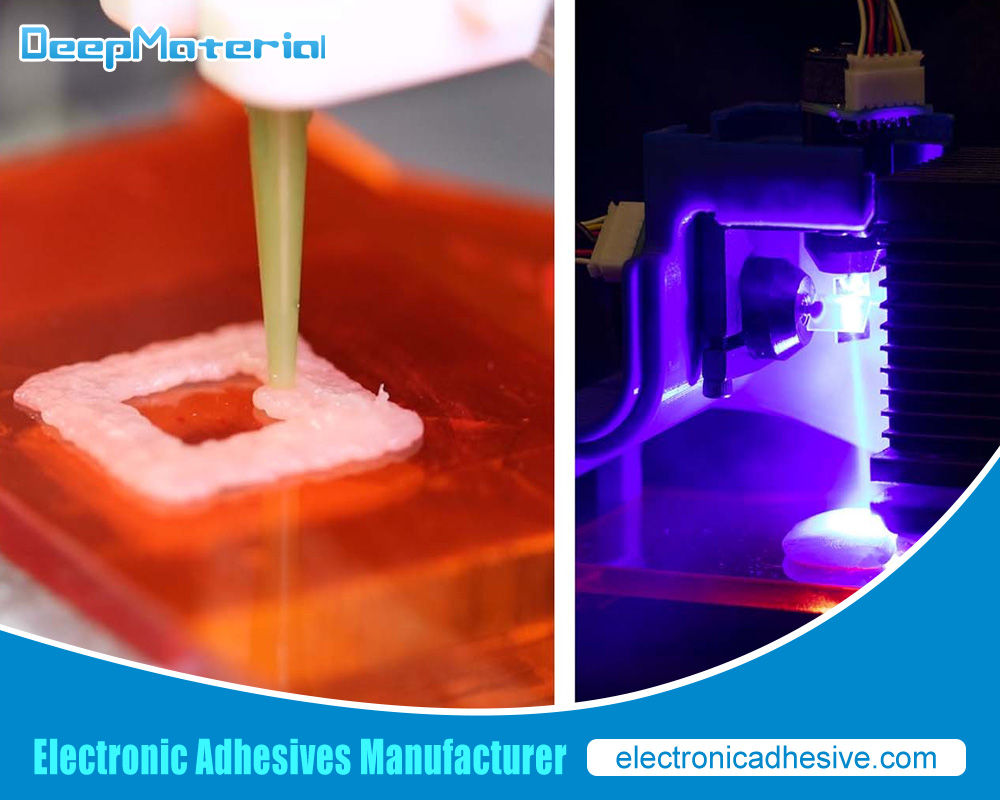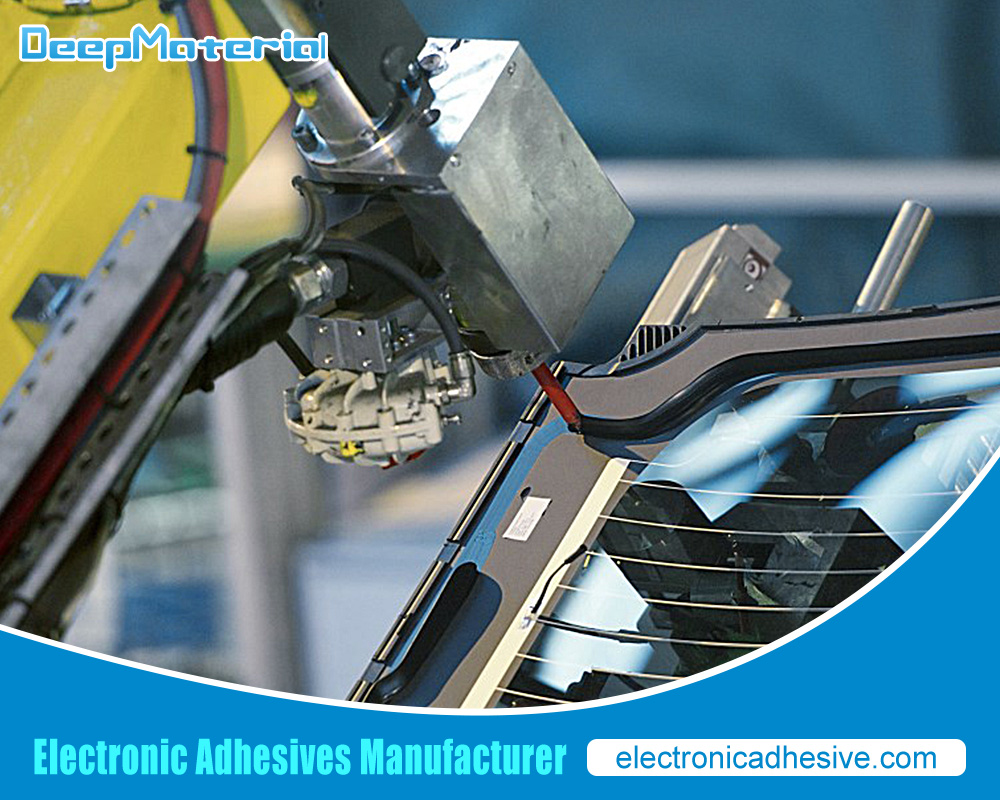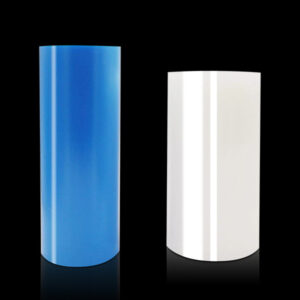A guide on using the best potting materials for electronics
A guide on using the best potting materials for electronics
In the production of electronics, after inserting and attaching all major components, the total product assembly is also subjected to various processes. One of these processes is potting. After producing your electronic product, as a brand, you want to ensure that the products meet industry best practices and standards recommended by regulatory bodies. Many electronics product manufacturers usually use potting as a process to enhance the durability and performance of their products. This is an elaborate process that helps protect the electronic assembly from environmental factors. Potting can also be used to increase the insulative properties and mechanical strength of the product.

What is potting in electronics?
In the electronics industry, potting materials for electronics are used to protect the internal components of the product. The potting process involves the act of filling up a full electronic product with a gelatinous or solid compound. This process is usually done to prevent the electronic product from becoming susceptible to corrosive agents, vibration, shock, moisture, and water. Potting in electronics can involve just the components (encapsulation) or the entire electronic assembly.
The process of potting in electronics
Potting materials for electronics are usually used to complete this process. When it comes to potting materials for electronics, examples are silicone rubber gels or thermosetting plastics. Some other exceptional and commonly used potting materials for electronics are epoxy resins. In the electronics industry, the process of potting is usually used to shield vulnerable electronic components from moisture, impact, loose wires, vibration, and shock. This process involves placing the full electronic assembly inside a predesignated mould. This mould is usually filled up with potting materials for electronics. The liquid compound usually has insulating properties. When the electronic assembly is fully immersed, it engulfs the product. The product is then brought out of the pot (mould) and left to dry out. As soon as the product is fully dry, the liquid hardens and forms a permanent coating. This helps to protect the entire assembly from various external factors.
Using potting materials in the electronics industry
Potting materials for electronics are used widely in product assembly. The process is used to reinforce each electronic product for them to be able to withstand and work in various challenging environments. This important industrial process is used to improve the mechanical strength of the product. In addition, potting in electronics is used to enhance the product and its components as insulators. Apart from the electronics industry, potting is also used in many other industries. Potting materials for electronics come in variants and they are used to make different products. Potting for electronics is also widely applied in the aerospace, automotive, construction, and electronic industries. This is where you have a lot of electronic assemblies.
Benefits of potting materials for electronics
Potting materials for electronics are applied as permanent coating substances that offer sufficient protection for the product involved. The material is applied once and it becomes a permanent part of the electronic product. Apart from being a permanent part of the electronic product, it provides various benefits such as:
Corrosion protection: Potting materials for electronics come in variants and can be used on different electronics assemblies. Each electronic product is potted with suitable material to prevent corrosion. The potting material protects the entire product assembly and its components from corrosion.
Increased mechanical strength: Potting as a process can be used to increase the mechanical strength of the product. The potting material for electronics reinforces the natural strength of the assembly.
Heat dissipation: Potting materials for electronics can be used as a means to dissipate heat from the electronic assembly. This is a technical process that involves potting special components to help transmit heat out of specific components.
Shock and vibration resistance: Potting materials for electronics can be used to reinforce the general product assembly. This makes it easy for such a product to easily resist both shocks and vibrations.
Chemical protection: Electronics are also attacked by harsh chemicals and oils. This is potting is applied on the product or its components. The potting material helps to protect the product from chemicals.
Environmental influences: Weather elements can be damaging to electronic products. Potting is one way to shield electronic products from elements of the weather. The right potting material is used to protect specific electronic products from certain weather elements and environmental factors.
Why electronics potting materials are preferred over other available options
Potting materials for electronics is a reliable compound that is used as a protective shield on products. The use of these materials is used to solve so many problems as electronic products are manufactured and assembled. Apart from potting materials, sealants are also used in the electronics industry. However, many electronic brands prefer to use potting compounds because the latter protect the assembly against moisture. This means that potting materials for electronics are applied as a way of preventing short-circuiting in electronics products. In addition, many electronic products involve complex assemblies. The process can be used to enhance chemical protection with such products. Potting can also be used over other options as a way of enhancing the resistance of such products to both vibrations and mechanical shocks especially when they are exposed to hazardous environmental conditions. Finally, manufacturers use potting as a way to hide their business secrets. Potting materials for electronics are used as a way to hide the intellectual property of various manufacturing brands. This way, other competitors would not be able to figure out their production and design blueprints.

Types of potting materials for electronics
There are numerous types of potting materials for electronics. These materials depend on the specific application of the product. Since there are numerous potting materials for electronics, each type is suitable for a certain assembly. The different potting materials for electronics are:
Epoxy potting materials: This is a common potting material for electronic products. They are used for heavy applications.
Silicone potting materials: Silicone potting materials for electronics are great for flexibility. But they do not provide good mechanical strength.
Urethane potting materials: These potting materials provide a blend of flexibility and mechanical strength.
Polyacrylate potting materials: This potting material is suitable for sensors and other vulnerable electronic components.
Electronic potting gels: These are specially engineered gels that are applied to electronics if traditional potting materials are not suitable.
For more about choosing the best potting materials for electronics, you can pay a visit to DeepMaterial at https://www.electronicadhesive.com/about/ for more info.











